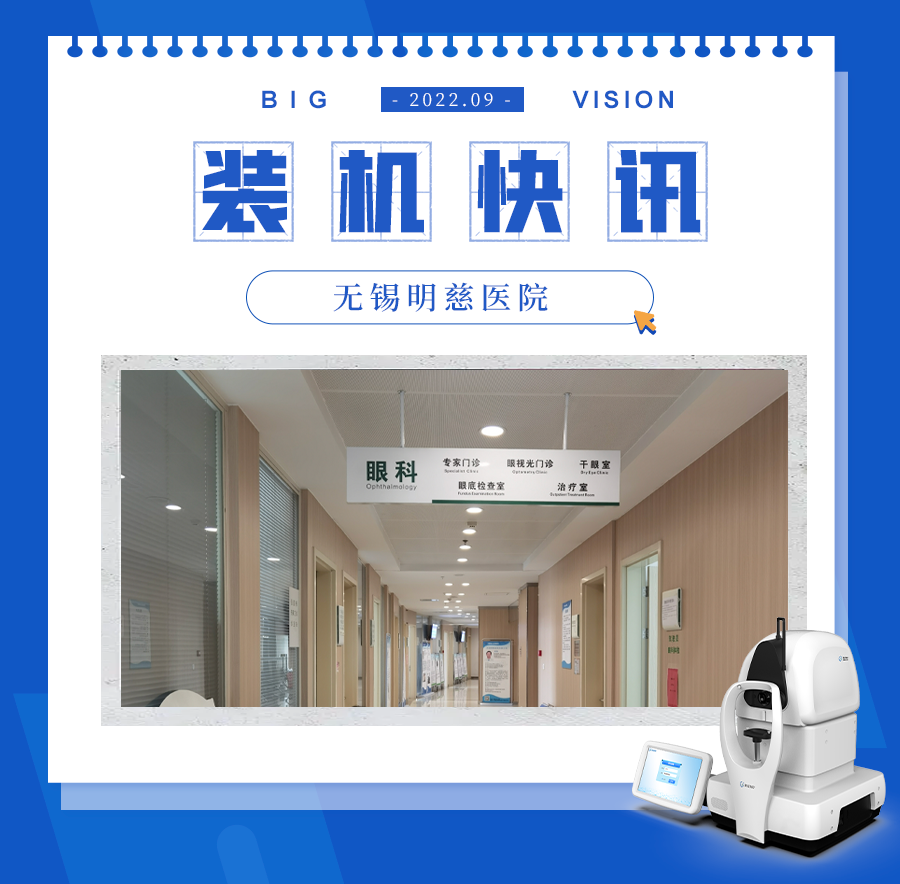
In the golden autumn of 2022, Big Vision Medical Technology’s fully automatic artificial intelligence OCT-BV1000 was officially installed and put into use at Wuxi Mingci Hospital.
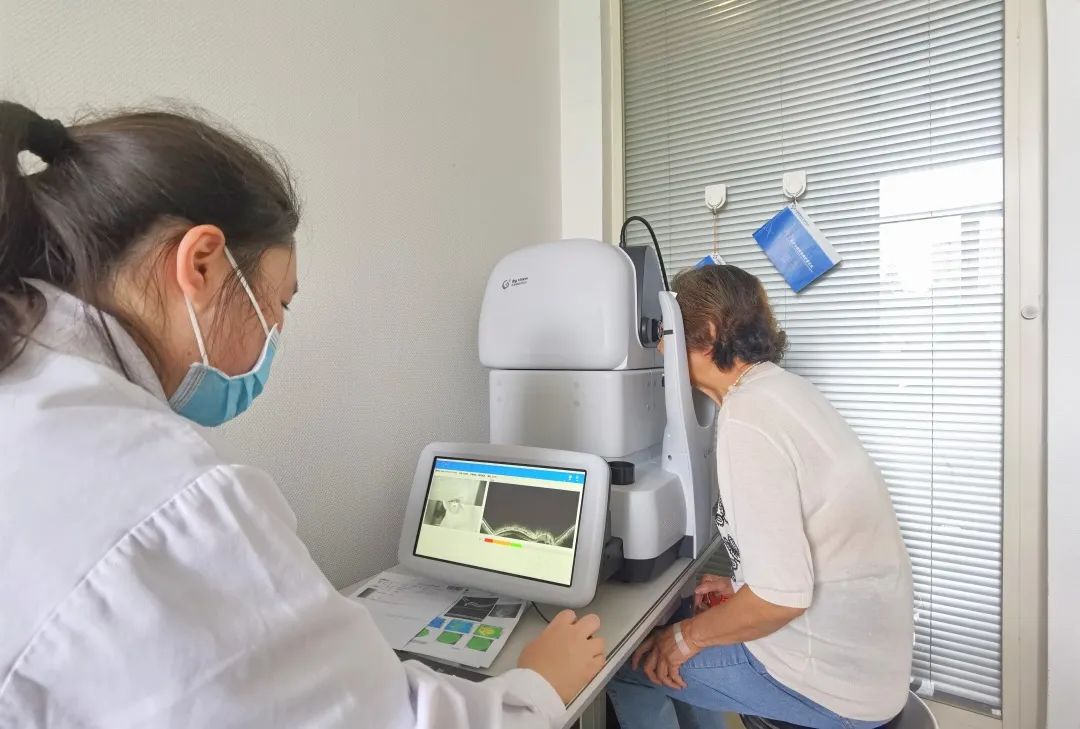
We had the honor of conducting an interview with Dr. Xijima, director of the ophthalmology department at Wuxi Mingci Hospital, to listen to insights and clinical application experience sharing from ophthalmic experts on how artificial intelligence empowers ophthalmic diagnosis and treatment.

Ophthalmologist
National First-Class Optometrist
Former ophthalmologist at the PLA 101 Hospital, renowned optometrist in Jiangsu Province, vice president of the Jiangsu Glasses Association, director of the Beijing Shuo Yi Eye Research Center. He has published 8 papers in national-level magazines and has participated in the “Strabismus and Weak Children’s Eye Diseases Seminar” organized by the National Credit Program Group led by Jiangsu Provincial People’s Hospital for eleven consecutive sessions as a member.
Interview Transcript with Director Xi Jima
Q1: What opportunity led you to pay attention to and choose Big Vision Medical Technology’s AI OCT?
Xi Jima: Mingci Hospital is a specialized hospital in the fields of cardiovascular disease, digestive disease, and endocrine disease. When it comes to endocrine diseases, there are many diabetic patients, and diabetes can cause systemic microvascular disease. Diabetic retinopathy is one of the serious complications of diabetes, and it can lead to blindness in severe cases. All of our patients who are admitted to the hospital need to undergo a series of examinations before admission. Initially, we used funduscope and fundus photography as screening methods, but we could not distinguish whether the lesions occurred in the superficial or deep layers, which brought certain difficulties to our doctors’ diagnosis.

In recent years, the development and promotion of AI in the field of ophthalmology has allowed me to have the privilege of becoming acquainted with Big Vision’s fully automated AI OCT. During the trial use, the department team unanimously reported that this fully automatic equipment was easy to operate, with fast pupil automatic positioning and focusing and full-voice guidance. The process of cooperation between doctors and patients was very smooth and it took less than 2 minutes to complete a patient’s bilateral eye examination. This reduced the pain points caused by manual operation inefficiency, such as unsuccessful shots, low efficiency, and uneven distribution of primary ophthalmic medical resources. At the same time, the equipment can provide AI-assisted diagnostic opinions for a variety of major retinal diseases, and when we invited professional ophthalmologists to make effective comparisons of AI diagnostic results, we found that the accuracy of the equipment was also very high. In terms of assisted diagnosis of retinal diseases, the BV1000 fully automatic AI OCT not only provides a standardized process for clinical eye disease screening but also greatly improves ophthalmic diagnosis and treatment level and efficiency. This is an important reason why my team and I chose Big Vision’s equipment.
Q2: Why do you recommend patients to have an OCT examination of the eyes, and what is the value of introducing AI-OCT for the prevention and treatment of retinal diseases in clinical practice?
Xi Jima: OCT examination is a routine ophthalmic imaging examination method that is fast, non-invasive, and radiation-free. It is a safe ophthalmic examination project mainly used to scan whether there are lesions in various layers of the retina. It can assist in the diagnosis of retinal diseases, especially in the diagnosis and treatment of macular diseases, and has an irreplaceable role. It is an important basis for clinical auxiliary diagnosis of retinal disease screening. Retinal lesion screening can not only detect retinal diseases but also detect some chronic diseases early. “Diabetes, hypertension, hyperlipidemia and other systemic diseases” may also warn of overall health status through ocular manifestations.

About 80% of the external information we receive in daily life comes from vision. The eyes are a very important sensory organ for the human body, and retinal disease is an important risk factor for vision loss. It is one of the top three serious illnesses that seriously affect quality of life, along with cancer and cardiovascular diseases. The importance of paying attention to eye health and scientifically preventing and treating retinal diseases is self-evident. We have chosen to introduce artificial intelligence technology for the prevention and treatment of clinical retinal diseases, hoping to take advantage of the advantages of AI-OCT over traditional OCT devices to better detect retinal disease early. Before doctors need to observe the details of the retina for specific diagnosis, this AI device can assist in comprehensive retinal examination with its fully automatic and user-friendly operations. The wide-field scanning imaging mode can accurately restore the lesion information to the doctor, and can identify and automatically mark the lesion areas, providing doctors with valuable diagnostic and therapeutic information and bringing powerful auxiliary diagnostic basis for eye disease diagnosis and next-step scientific prevention and treatment.
Q3: What advantages can this AI-powered retinal screening tool have in safeguarding the visual health of children and adolescents?
Xi Jima: In recent years, the high incidence and younger age of myopia have received high attention from the government, schools, parents, and medical institutions, and have become an important part of the Healthy China strategy. Many parents feel quite anxious about this issue. Due to the lack of correct understanding of the growth and development of the eyeball and the formation mechanism of myopia, when problems such as myopia occur, timely and appropriate treatment measures are often not taken, which is also an important factor in the high incidence of visual health problems.

With the development and mature application of technology in the medical field, “advanced technologies such as artificial intelligence, big data, and cloud platforms” are playing an important role in the prevention and control of myopia in children and adolescents. According to research findings, changes in choroidal thickness are closely related to the development of myopia in the early stages of myopia. Choroidal thickness has become an important indicator for evaluating the development of myopia, which is of great significance for myopia prevention, treatment, and early warning. Various recognized effective measures for preventing and controlling myopia (such as low-concentration atropine and corneal reshaping lenses) have obvious choroidal thickening phenomena.
We also understand that Big Vision has been focusing on the field of ophthalmic artificial intelligence for many years, and has solid research capabilities. The AI-OCT developed by them can automatically segment and measure the thickness of the choroid, providing more accurate quantitative basis for the development of myopia in children and adolescents. This can help doctors formulate more scientific and effective myopia intervention measures.

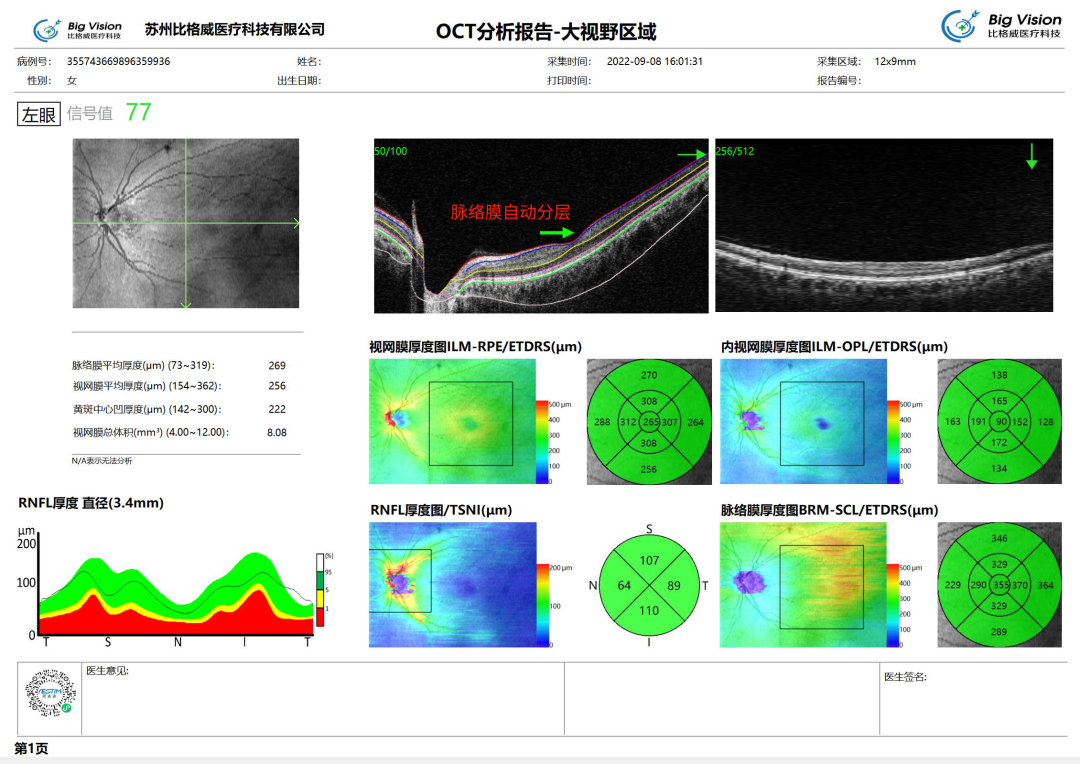
Accurate monitoring of myopia development.
Our hospital has introduced Big Vision’s artificial intelligence OCT equipment, which features clear images, high disease detection rates, and fast and comfortable use. We work together to escort the eye health of the city’s citizens.

Wuxi Mingci Cardiovascular Hospital
Wuxi Mingci Hospital, also known as Wuxi Mingci Cardiovascular Hospital, is a third-level specialized hospital with international service and medical level, invested and built by Jiangnan Mould & Plastic Technology Co., Ltd., a listed company. Wuxi Mingci Hospital has introduced German medical management models and medical technologies, and cooperated with excellent domestic medical institutions, partnering with the internationally renowned German North Rhine Westphalia Heart and Diabetes Center (HDZ) and domestic hospitals to specialize in cardiovascular disease, diabetes, and digestive diseases. It provides patients with international expert selection, high-precision diagnosis and treatment technology, and personalized services integrating “prevention, rehabilitation, and diagnosis and treatment”.

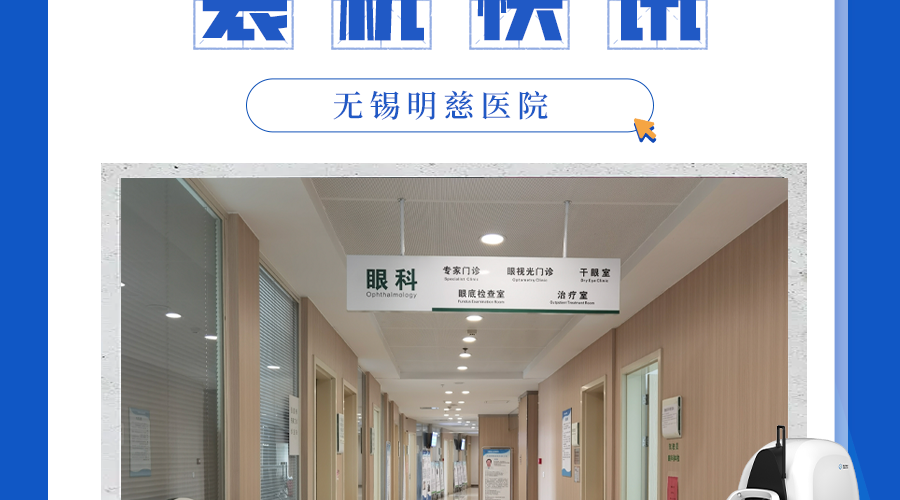


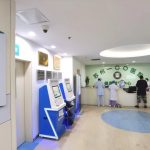




No comments yet.